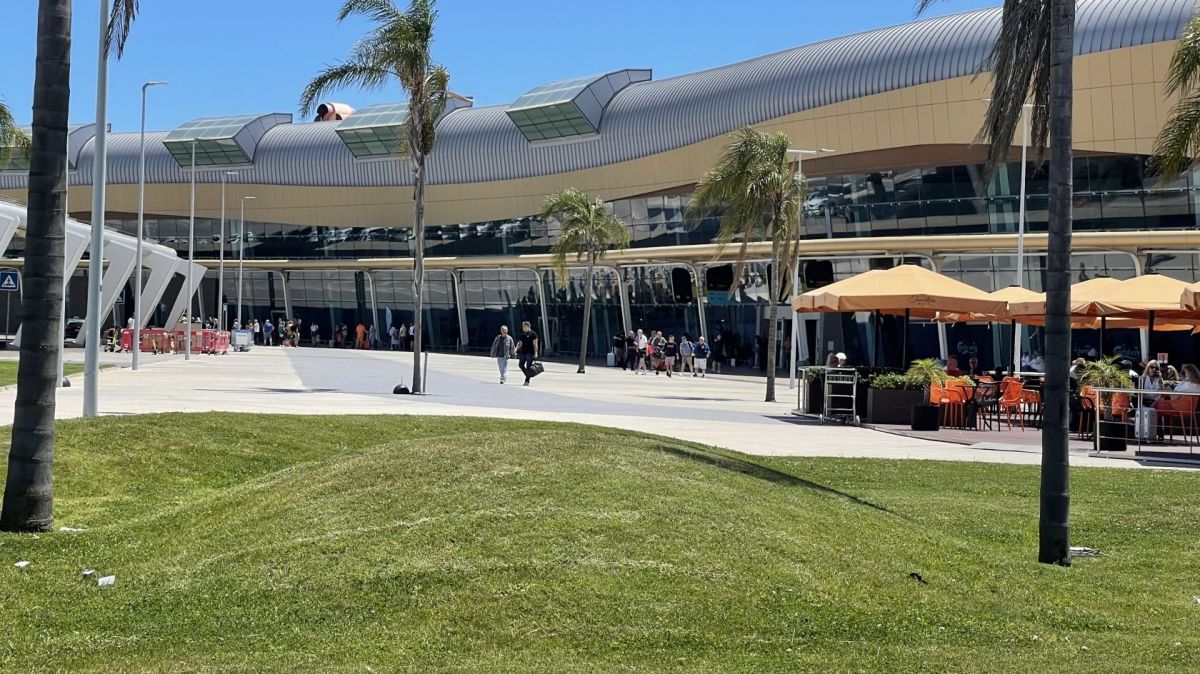The ordinance published in the Official Gazette amends Ordinance 15-A/2018 of 12 January, which establishes that “the minimum distance for afforestation and reforestation at the edges of adjoining land, regardless of the forest species used, is five metres, if the adjoining land is a forest area”.
“The previous law said that we had to keep five metres from our neighbours next door. If we had a width of 20 metres and already had eucalyptus trees, we would only have 50% of the useful area,” explained Luís Damas, president of the National Federation of Forest Owners Associations (FNAPF).
“On smallholdings, sometimes we had an area that was almost halved, because of these five metres that we had to keep from our neighbours. And if the neighbour already has eucalyptus or a forest species, there is no problem at all,” he added, in statements to Lusa.
Order 15-A/2018 establishes that the “minimum distance of afforestation and reforestation to the boundaries of adjoining land, regardless of the forest species used” is “five metres, if the adjoining land is a forest area” and “10 metres, if the adjoining land is an agricultural area”.
This limitation does not apply when the land “belongs to the same owner” and in situations “where another greater distance is applicable by virtue of specific legislation”, and the width of roads or paths bordering the property is taken into account in the distance.
In the new ordinance, from the Secretary of State for Forests, Rui Ladeira, it is highlighted that in the practical application of the previous ordinance “it was concluded that this minimum distance has proven to be counterproductive, particularly in areas of smallholdings”, and that the requirement “represents on average 15% to 20% of the area where no forest species can be planted, which limits land use and can also make investments unfeasible”.
In this sense, the minimum distance of five meters to the boundaries is revoked, and the ordinance applies to authorised afforestation and reforestation actions “that have not yet begun their execution, for which the deadline for communicating their start to the ICNF [Institute for Nature Conservation and Forests] is in progress” and “whose possibility of executing the projects is still in force”.
The production of effects “is applicable, with the same conditions, to afforestation and reforestation actions with valid prior communication”.
As Luís Damas noted, eucalyptus trees can only be replanted where they already existed, and after the third cut, they must be replaced, which is why, on smallholdings, anyone who wants to reforest with eucalyptus trees is obliged “to have five metres on each side, like a firebreak”.
“[In] Alentejo, this is nothing, five metres, but beyond that [in the smallholding areas] it could even be a property. This then also depends on the common sense of the [owner], if he wants to leave a two-metre strip for a car to pass or make a firebreak, that’s fine, but now five meters is a huge abuse”, he considered.
The FNAPF director explained that these “areas have to be approved” within the scope of the legal regime applicable to afforestation and reforestation actions (RJAAR) and “comply with all legislation”, so “people did nothing”, as they lost “useful planting area” and “left it as it was”.
“This was so that areas with many smallholdings could be reforested again”, reinforced Luís Damas, adding that, otherwise, “something would be left there without any treatment, abandoned”, and with “the productive area abandoned”.
The representative of forest owners admitted that the issue was discussed with the State Secretariat of Forests, considering that “removing this limitation” could encourage “people to renew their forest area”.











